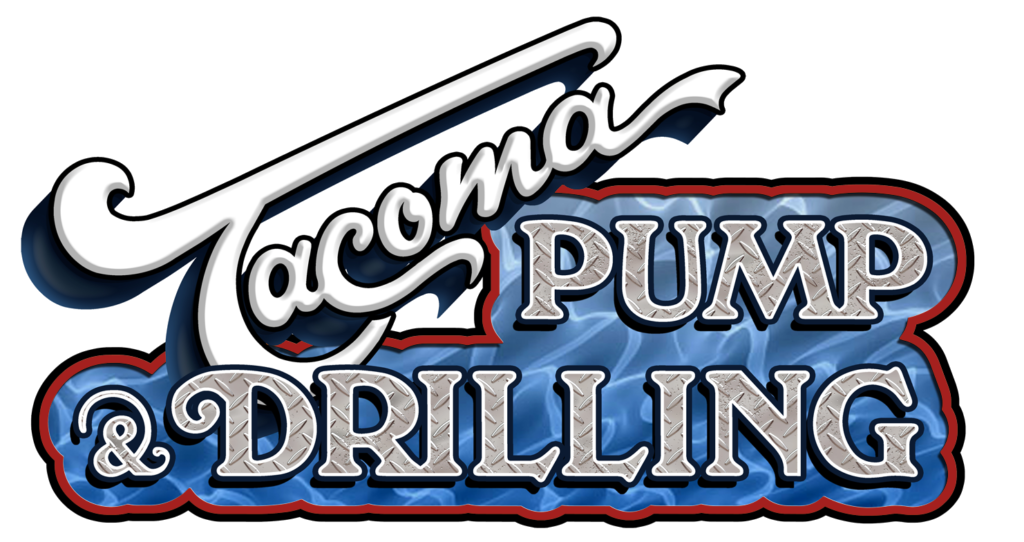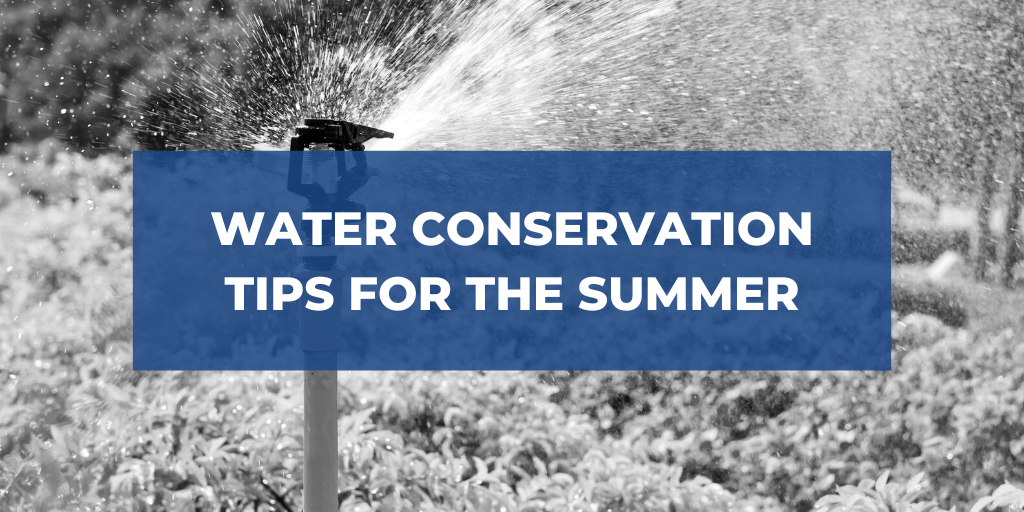Water conservation is a year-round concern, but it can be especially important during those dry summer months. As water supplies dwindle in some parts of the state, it is our responsibility to do our part to conserve those resources. Whether you live in rainy western Washington or warm eastern Washington, here are some ways to conserve water this summer.
Research Local Watering Rules
Do you know which days of the week you can water your lawn? Or how much water your country recommends using? Every county (and sometimes city) has unique watering regulations. These rules, which can be either voluntary or required, are designed to help conserve water in that specific area.
In Spokane, for example, a new ordinance restricts outdoor watering from 10 a.m. to 6 p.m. during the summer months (June to October). Many cities or counties will implement watering schedules during hot, dry stretches of weather. This can include things like only watering your landscaping on even days if your address is an even number and vice versa. Other voluntary restrictions are only watering at specific times of the day or days of the week.
The best way to find your local watering restrictions or schedules is to google “water restrictions in _________,” and include your county or city. If you’re currently experiencing a drought, chances are there are some regulations in place.
Water Your Lawn Efficiently
Your lawn needs far less water than you might realize, even during the dry season. Experts recommend watering no more than 1 inch per week. The idea is that you water deeply but infrequently, driving the water deeper toward the grass roots. Then, give the top layer of soil a chance to dry out during the week. This causes the grass roots to go even deeper in search of water. This results in a healthier lawn.
To better understand how much water your lawn is getting every time you turn on your sprinklers, here’s a simple test. Place a few flat bottom cans or mugs around your yard. Turn on your sprinklers for 15 minutes. Measure the water in each can and calculate the average depth (total amount of water divided by the number of cans).
Once you have your average, this tells you how long you need to water each week to reach an inch. For example, if your average was ½ inch in 15 minutes, then your lawn only needs 30 minutes of watering each week to stay healthy.
Practice Smart Watering
Whether you’re watering your lawn or your plants, smart watering is knowing what time of day is best to water. Most water conservation experts recommend watering in the early morning or in the evening.
When we water during the hottest part of the day (usually around 4 p.m. in Washington), much of the water evaporates before it reaches the soil.
Use a Hose Timer or Smart Irrigation Controller
A hose timer is a simple device that helps you manage water usage when you are away. A daily or weekly watering timer helps conserve water by shutting it on and off for you, in case you are on vacation or simply forget to shut it off.
A smart irrigation system, on the other hand, takes into account weather conditions, climate, soil type, and plants. It determines when and how much to water based on all of these factors.
Either option takes some of the guesswork out of watering your garden during the summer.
Know Your Soil Type
Did you know that soil type affects how much water your plants absorb? Common soil types in our region include clay soil, loamy soil, and sandy soil.
Depending on your soil type, you’ll want to water longer and less frequently or shorter and more often. For example, lawns and plants growing in clay soil benefit from one longer watering per week. Sandy soil, on the other hand, benefits from about three shorter watering times.
Understanding soil type helps improve water conservation dramatically. When you know how to water to benefit your plants, you save yourself (and the environment) precious water.
Garden with Native Plants
While it’s a little too late in the season to implement this tip, it is still beneficial to know! Native plants are more tolerant of our natural environment. They often need much less water than grass or non-native plants.
Next time you re-landscape your yard or choose new plants next spring, consider native options. They are beautiful, hearty, and water conservation-friendly.
Use a Broom to Clean Walkways and Patios
Many of us use water to clean our pathways, patios, decks, and other outdoor spaces. One really simple way to conserve water is by sweeping instead of hosing down your patio. The amount of water used to wash outdoor spaces may come as a surprise. In fact, water usage more than doubles during the summer months as households water gardens, lawns, wash cars, and even spray down those outdoor decks and spaces.
Conserving water sometimes just looks like avoiding it altogether. Save it for your plants and lawn and switch to a broom for your patio, at least until the summer months come to an end.
Water Conservation Made Easy
Water conservation is often as simple as making one or two small changes around your home. One leaky faucet can waste anywhere from 1 gallon to 11 gallons per day! Choosing to water less frequently, avoiding watering in the middle of the day, and cleaning outdoor spaces with other methods save a lot of water. That’s a huge win for both your water bill and your city’s water supply during the summer.

